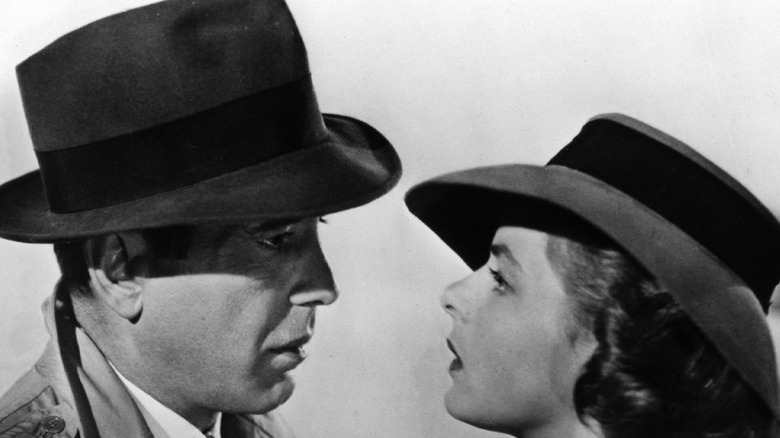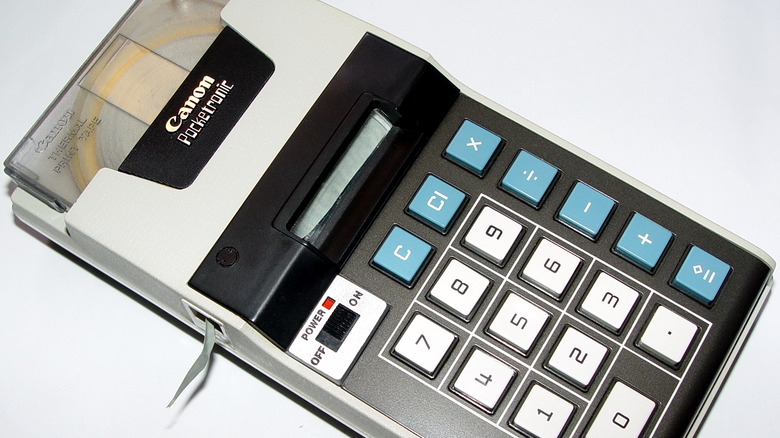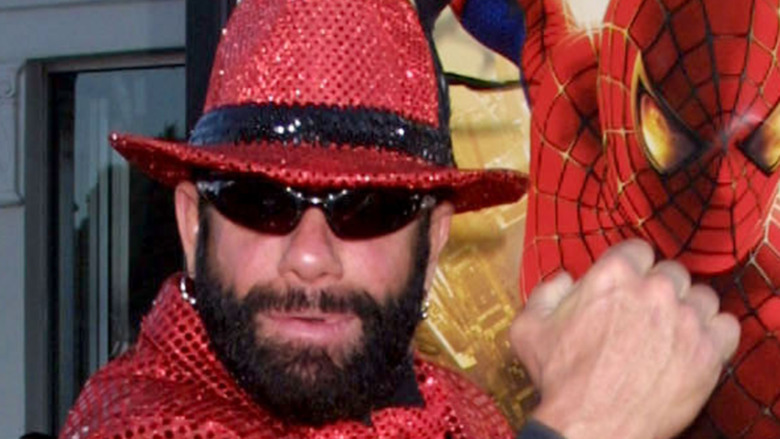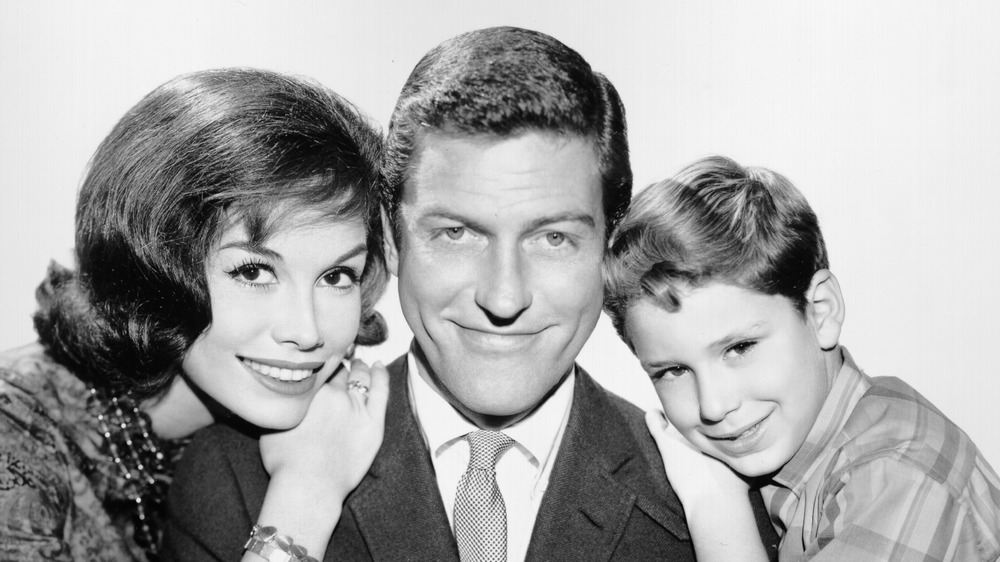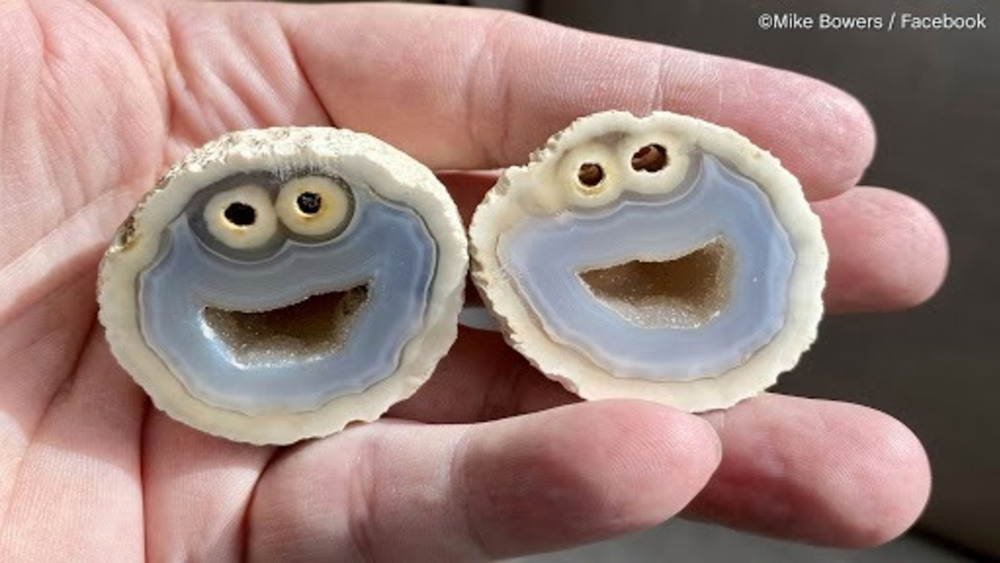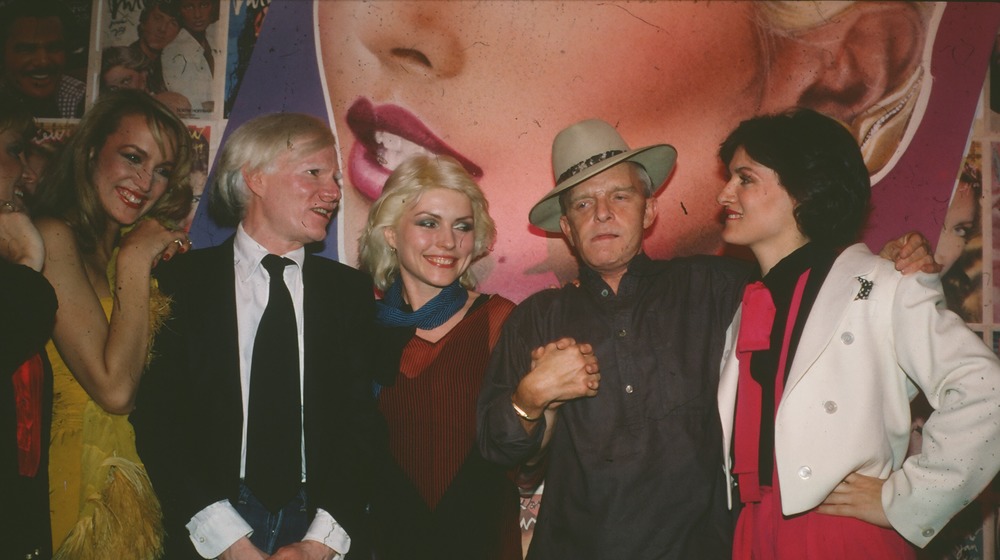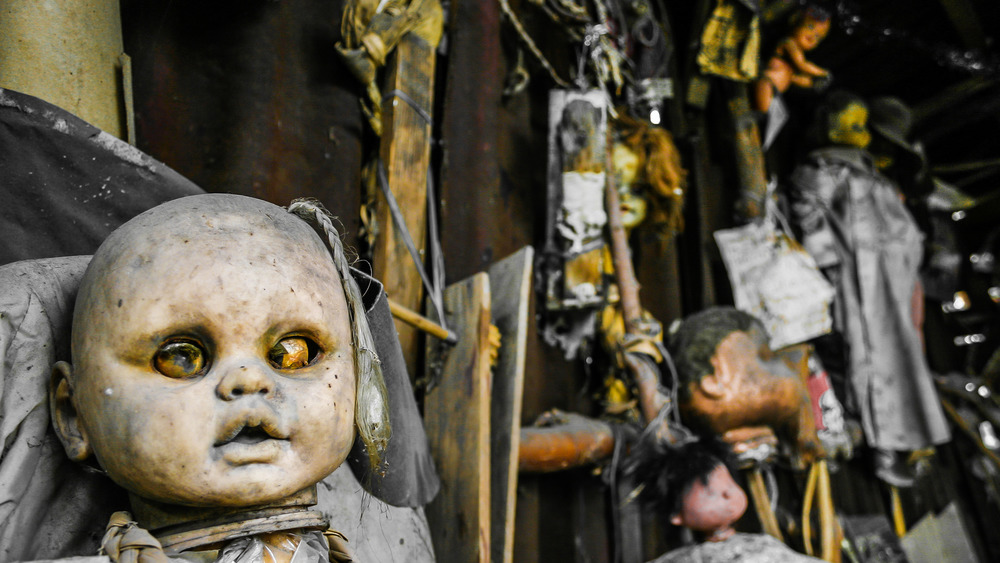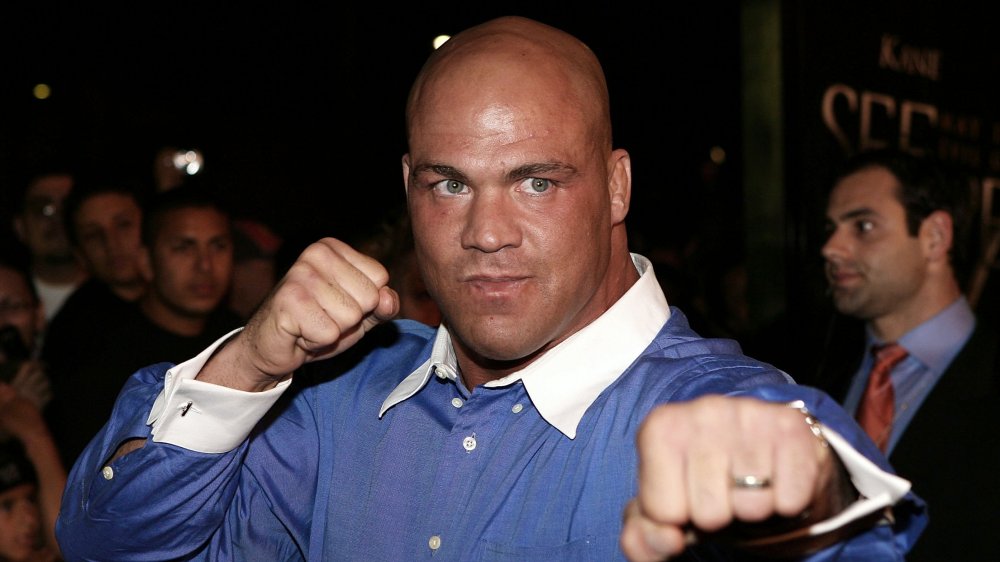
The Two Wars That Contributed To The Existence Of M&Ms
Over the course of our history, humankind has fought countless terrible wars for a whole range of reasons. Sometimes to expand an empire, sometimes to defend allies from a threat, sometimes for a cause a bit more unusual. According to History, the Pig War between Britain and the United States took place in June of 1859, when a British boar was shot by a U.S. farmer on San Juan Island. The resultant dispute escalated until both sides sent forces to the island, and while no actual conflict took place, it wasn’t until that October that peace was restored.
Our willingness to engage in protracted and terrible conflict has been incredibly costly. Imperial War Museums reports that around 187 million people have been killed by wars around the world since the beginning of the twentieth century. It’s a sobering thought.
If there’s one silver lining to be found in this dark cloud for candy fans, though, it’s that such conflicts have a curious link with sweet treats. The Wrexham Council News reported in 2018 that British candy manufacturer George Bassett & Co. created Peace Babies, their famous take on Jelly Babies, between World War I and World War II. M&Ms, meanwhile, rose to prominence during two different wars.
Well, nobody wants to get chocolate on their uniform
History reports that, in 1932, the now-famous Mars confectionery company was in some trouble. Forrest Mars Sr. moved to the U.K. as his relationship with his father (and partner in the company) eroded. There, he discovered, while creating his now-also-famous Mars bar for fighters in the Spanish Civil War, that some customers were eating Smarties (per ThoughtCo): iconic candies consisting of chocolate in a crunchy shell. This, History goes on, resolved an issue that had been troubling the industry at the time: chocolate was unpopular when the weather became hotter because it melts at the drop of a hat.
ThoughtCo adds that Mars partnered with Bruce Murrie and M&Ms (named after the two mens’ surnames) were patented in 1941. Soon after, the United States joined the Allies in World War II and, per History, they became a crucial part of the troops’ diet. M&Ms do indeed melt in the mouth rather than in the hands, and sometimes fans just don’t appreciate what a big deal that could be.
The candy became a smash so quickly that, according to M&Ms, the ‘m’ brand started to be added at the turn of the 1950s so that customers would know they were getting the genuine article, rather than another company’s version. “Look for the m on every piece” was the slogan.
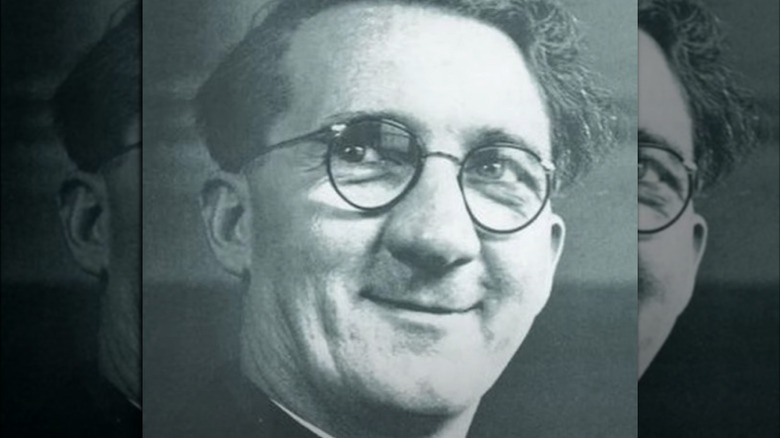
The Truth About Hugh O'Flaherty: The Irish Schindler

Movies Inspired By Jack The Ripper
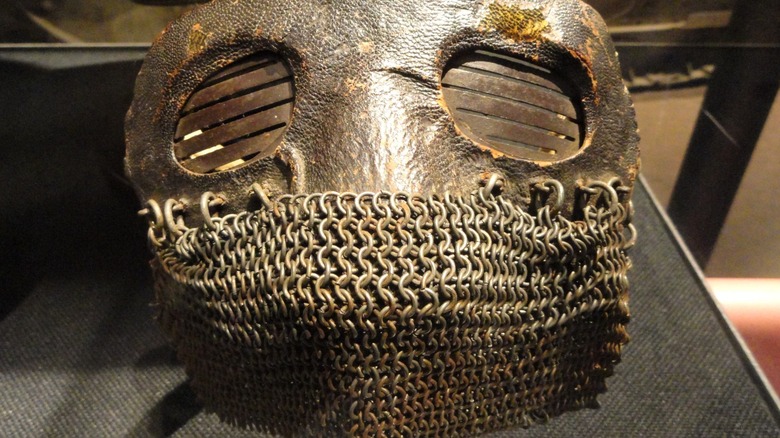
The Most Bizarre Weapons Used By Soldiers In War

Alien Abduction Stories So Convincing You May Believe They're Real
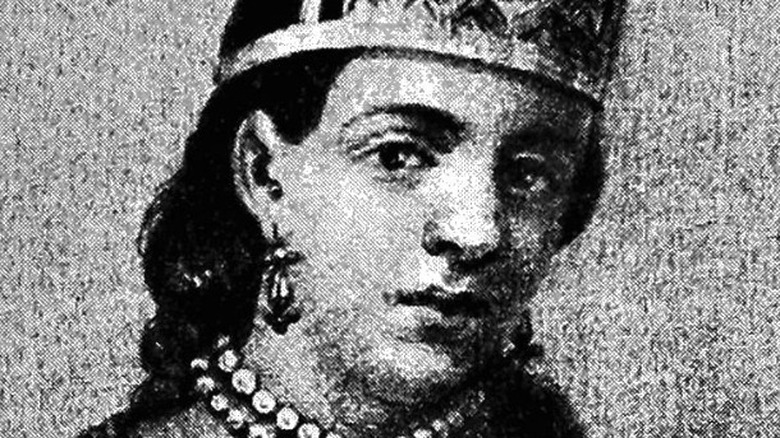
The Role This Woman Played In The Conquest Of Tenochtitlan
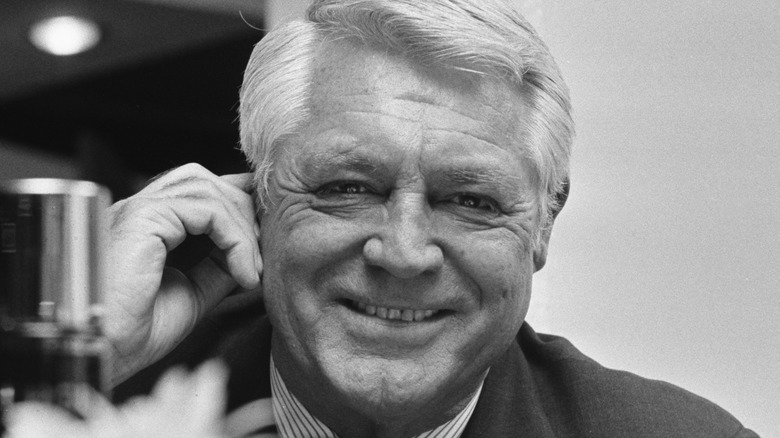
What Cary Grant Did After Retiring From Acting

Pogonophobia: The Truth About The Fear Of Beards
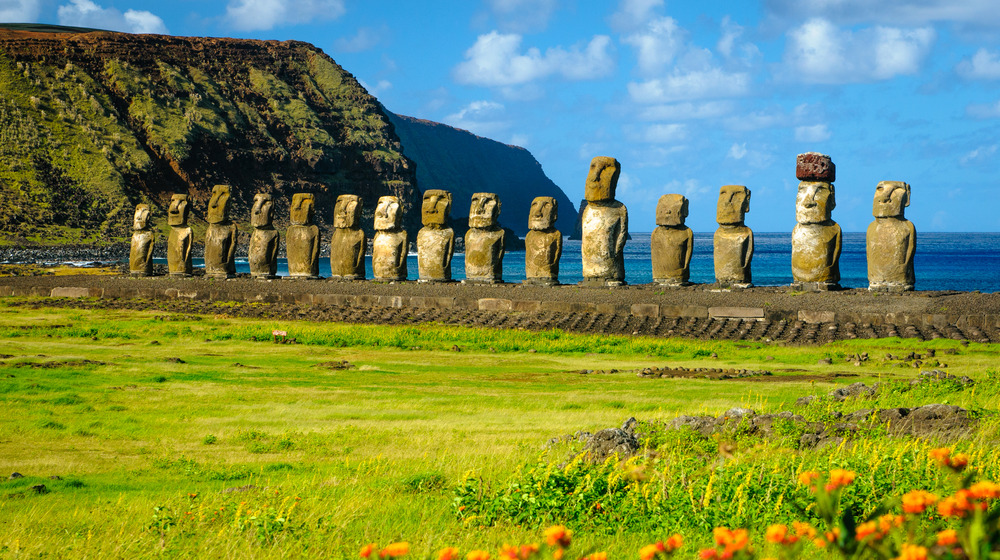
Do People Actually Inhabit Easter Island?
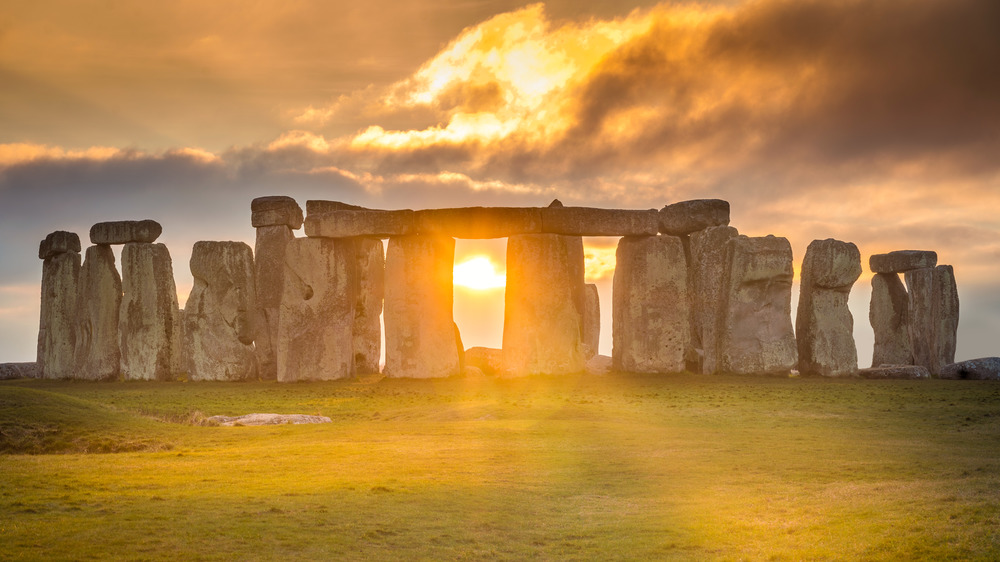
How Different Cultures Around The World Celebrate Winter Solstice

The Strange Prediction Made About 21st Century Men






